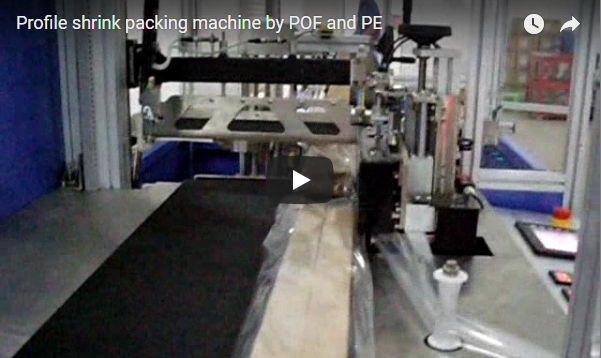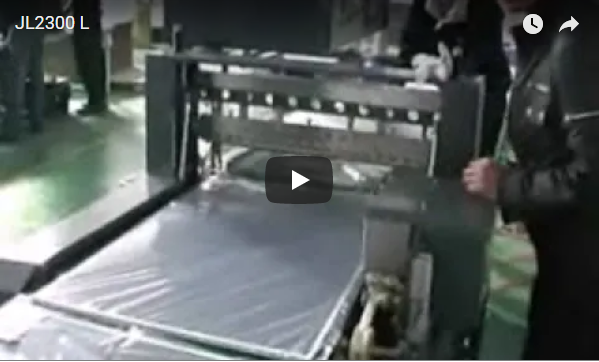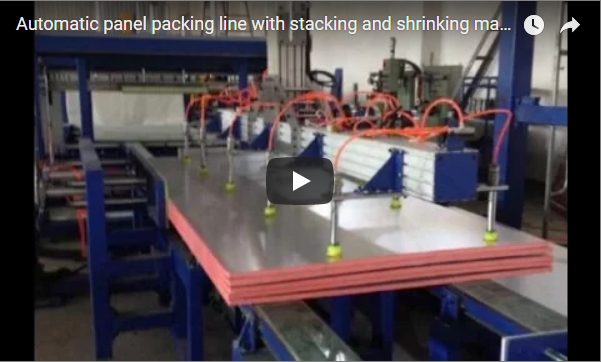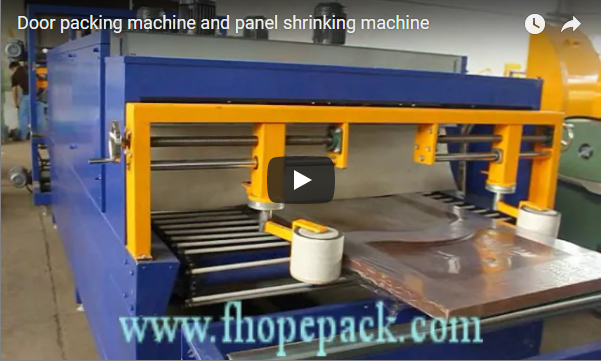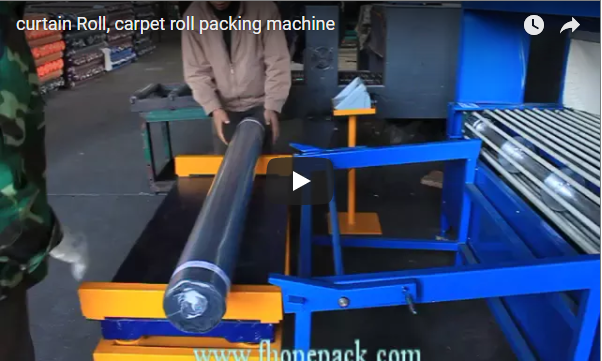Protect Your Investment: The Technical Advantages of Wood Door Protection Film Shrinking Machines
Finished wood doors represent a significant investment in materials and craftsmanship. Protecting their surfaces from scratches, dust, moisture, and handling damage during storage, transit, and installation is paramount. Conventional packaging methods can be time-consuming and offer inconsistent protection. This is where specialized equipment like the Wood Door Protection Film Shrinking Machine offers a robust, efficient, and professional solution, aligning perfectly with the high standards demanded in the building materials and furniture industries.
This machine is expertly engineered to apply heat-shrinkable film precisely and uniformly over wooden doors, creating a durable, conforming protective layer. Let's delve into the technical aspects, operational benefits, and real-world applications of this essential packaging technology.
1. The Core Challenge: Safeguarding Wood Door Integrity
Wooden doors, especially those with fine finishes or intricate details, are susceptible to various forms of damage:
- Surface Scratches & Abrasions: Handling, stacking, and transportation can easily mar the finish.
- Dust & Debris: Accumulation during storage can embed into the surface or require extensive cleaning.
- Moisture & Humidity: Exposure can lead to warping, swelling, or finish degradation.
- Impact Damage: Minor bumps during logistics can cause dents or chips.
Addressing these risks proactively is crucial for manufacturers, distributors, and retailers to minimize waste, reduce costly returns, and maintain brand reputation.
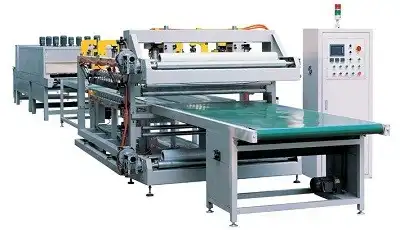
2. How the Wood Door Shrink Wrapping Machine Works
At its heart, the machine utilizes controlled heat to shrink a polymer film securely around the door. The typical process involves:
- Door Placement: The wooden door is placed onto the machine's conveyor system.
- Film Encapsulation (if applicable pre-tunnel): Depending on the configuration (often integrated with an L-bar sealer or manual wrapping station), the door is first loosely enveloped in the appropriate shrink film.
- Conveyor Transport: The door travels through the machine's heat tunnel at a precisely controlled speed.
- Heat Application: Inside the tunnel, carefully calibrated heating elements (often infrared or hot air circulation) raise the film's temperature evenly.
- Film Shrinking: The heat causes the film molecules to contract, creating a tight, form-fitting layer around the door's contours without damaging the wood surface.
- Cooling & Exit: Upon exiting the tunnel, the film cools rapidly, solidifying its protective grip. The wrapped door is then ready for storage or shipping.
3. Key Technical Specifications & Features
Understanding the machine's parameters helps in selecting the right equipment for specific operational needs.
Please Note: The specifications listed below are representative examples. For exact configurations matching the equipment shown in the video or tailored to your specific requirements, please contact us directly.
- Operational Type: Semi-Automatic (Operator involvement typically required for loading/unloading and potentially initial film placement).
- Maximum Door Handling Capacity:
- Height: Up to 2400mm
- Width: Up to 1200mm
- Thickness: Up to 60mm
- Compatible Film Materials: Versatile use with common shrink films like Polyolefin (POF), PVC, and Polyethylene (PE). Selection depends on required clarity, durability, and shrink properties.
- Conveyor System: Adjustable speed control (e.g., up to 10 meters per minute) allows optimization for different door sizes, film types, and desired throughput.
- Heating Technology: Utilizes efficient Infrared (IR) emitters or forced hot-air circulation systems for uniform heat distribution within the tunnel.
- Power Requirements: Typically operates on industrial power standards (e.g., 380V, 50Hz, three-phase), subject to regional specifications.
- Approximate Machine Footprint:
- Length: ~4500mm
- Width: ~1500mm
- Height: ~2000mm
- Estimated Machine Weight: Around 600kg.
- User Interface: Intuitive controls, potentially featuring a multilingual touch screen display for easy operation, parameter adjustments (temperature, speed), and diagnostics.
- Safety Mechanisms: Equipped with essential safety features like emergency stop buttons, heat insulation on tunnel walls, and potentially safety interlocks.
- Film Feed System: Often incorporates an automatic film dispensing mechanism with tension control for consistent film application.
- Energy Considerations: Designed with high-efficiency heating elements and insulation to minimize energy consumption during operation.
4. Practical Applications Across the Supply Chain
The benefits of using a dedicated wood door shrink wrapping machine extend across various sectors:
- Furniture & Door Manufacturing: Integral for final packaging. Ensures doors leave the factory floor pristine, protecting high-quality finishes during internal handling and transit to distributors or project sites. From our experience, this significantly reduces rework and maintains product value.
- Building Material Distribution & Retail: Enhances product presentation and protection in warehouses and showrooms. Wrapped doors stay clean, are less prone to handling damage, and maintain their 'new' appearance, improving inventory management and sell-through rates. A common challenge retailers face is damage from customer handling, which shrink wrapping effectively mitigates.
- Shipping, Logistics & Export: Provides a crucial protective barrier against the rigors of transport. The tight film wrap minimizes movement abrasion and offers resistance to moisture and dust, critical for long-distance or international shipments, ensuring doors arrive at their destination in install-ready condition.
5. Optimizing Performance: Film Choice and Settings
Achieving the perfect wrap depends on matching the film type and machine settings to the application:
- Film Selection: POF films are popular for their clarity and strength. PE films offer good durability and puncture resistance. The thickness (gauge) of the film should also be considered based on the door's weight and the required level of protection.
- Temperature Control: Setting the correct tunnel temperature is vital. Too low, and the film won't shrink properly; too high, and it could damage the film or even the door's surface. Operators often find that incremental adjustments based on ambient conditions and film type yield the best results.
- Conveyor Speed: Speed affects the dwell time in the heat tunnel. Slower speeds allow more heat exposure (good for thicker films or achieving maximum shrink), while faster speeds increase throughput. Balancing speed and temperature is key to efficiency and quality.

6. Maintenance for Reliability
Like any industrial equipment, regular maintenance ensures longevity and optimal performance. This typically includes:
- Cleaning heating elements and tunnel interior.
- Checking conveyor belt tension and condition.
- Verifying temperature controller accuracy.
- Inspecting electrical connections and safety circuits.
Investing in a wood door protection film shrinking machine is an investment in product quality, operational efficiency, and customer satisfaction. By providing consistent, reliable protection, this technology helps safeguard valuable wood doors throughout their journey from production to final installation.
For detailed specifications, custom configurations, or to discuss how this technology can benefit your specific operation, please contact us.
info@fhopepack.com

